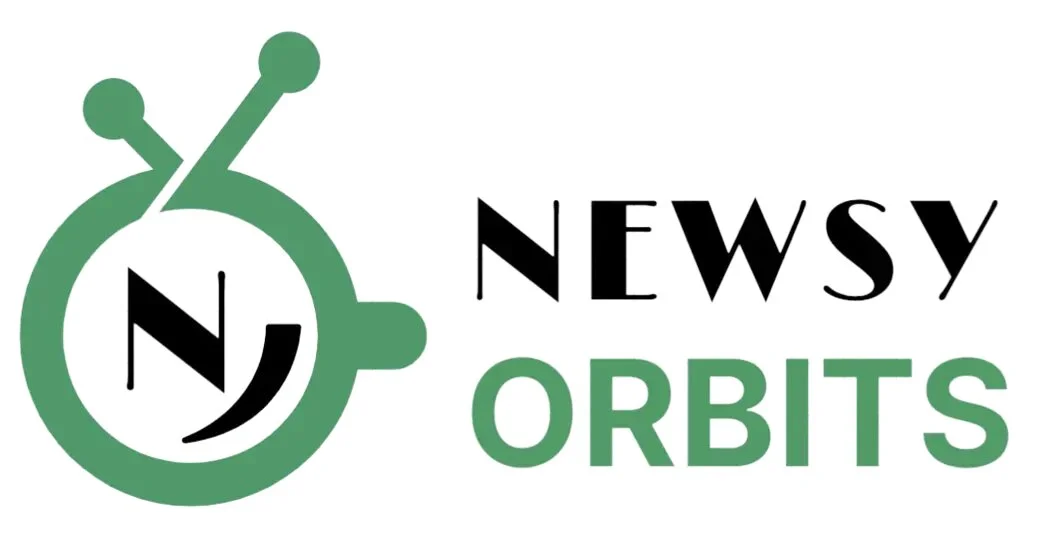Buying your homeowners and auto insurance policies from the same provider can frequently result in lower overall insurance costs. We refer to this as bundling. For additional information, see our page on the Best Home and Auto Insurance Bundles of 2024.
How to Select the Best Policy for Homeowners Insurance
Selecting the appropriate house insurance coverage is actually quite simple, despite the fact that it may appear difficult. You must first ascertain the worth of your house and its belongings. Next, pick a provider and plan that offers the options for coverage you require at a cost you can afford.
To get homeowners insurance, follow these steps:
1.Calculate the amount of required home insurance. File any receipts you may have. Obtain an estimate of the average rebuilding cost per square foot in your area for your house and any other structures on your property from your insurance provider or a real estate agent.
Determine how much coverage you require for your property using the information provided here. Generally speaking, you should have adequate homeowners insurance to replace or repair your house and all of its contents in the event of a total loss.
Calculate how much you might have to pay for lodging, eating out, and other living expenses in the event that a disaster destroyed or rendered your home uninhabitable. Both a licensed real estate agent and the Insurance Information Institute (III) can guide you through the process.
2.Select an insurance provider. To select the best homeowners insurance provider, look for an insurer that offers reasonably priced policies with the features and coverage you require. Additionally, search for a business that permits you to submit a claim or request assistance around-the-clock, has a positive financial strength rating from AM Best or another rating agency for professional and consumer reviews.
3.Decide on a policy. The ideal house insurance plan will provide adequate protection, have simple-to-understand language, and possibly even provide savings. Instead of getting a cash value policy that only pays the depreciated value, think about getting a replacement cost policy that will reimburse you for replacing your property with new items.
How to Obtain Insurance for Your Home
- Ascertain the necessary amount of insurance coverage. Make a home inventory to determine the amount of coverage you require. A comprehensive list of all the items you own, both inside and outside your house, is called a home inventory. Determine how much it will cost to rebuild your house after a catastrophe. Get the building costs in your area by asking a real estate agent. Assess whether you require extra coverage for high-risk items, such as swimming pools, earthquakes, or floods.
A licensed insurance agent or real estate agent, as well as the Insurance Information Institute (III), can assist you in figuring out how much home insurance you need.
- Choose between actual cash value and replacement cost coverage. You should be able to choose how you will be compensated in the event that you need to file a claim when you purchase an insurance.
Policies for replacement costs pay claims without taking depreciation into account. For example, in the event that a fire damages your home and it needs to be rebuilt, your policy would pay for comparable materials, even if the cost of materials has gone up since the building of your home.
Payments under actual cash value policies are made in accordance with the item’s discounted value. In the aforementioned example, your insurer would pay you back for the materials cost less depreciation; however, this amount might be less than what it would actually cost to rebuild your house.
Because of this, even though replacement cost policies have somewhat higher premiums, the majority of insurance experts advise getting one.
- Focus your search on a few different house insurance companies. When you go over your options, it’s useful to consider:
Features and types of coverage
Options for managing policies (such as agent, mobile app, and online)
Additional coverage kinds that you might require, like auto insurance
Expert and customer evaluations
By keeping these things in mind beforehand, you can weed out businesses that don’t fit your needs.
- Compile quotations. Use the estimate tool on their websites after narrowing your list of potential providers to get a ballpark estimate for the coverage you require. For further assistance at this point, speaking with an agent in person or over the phone can be beneficial. Obtain quotes from multiple providers, but make sure to contrast policies with comparable coverage.
- Get in touch with the business and start the application procedure. Your method of contacting the company will differ, as was indicated in the previous step.
